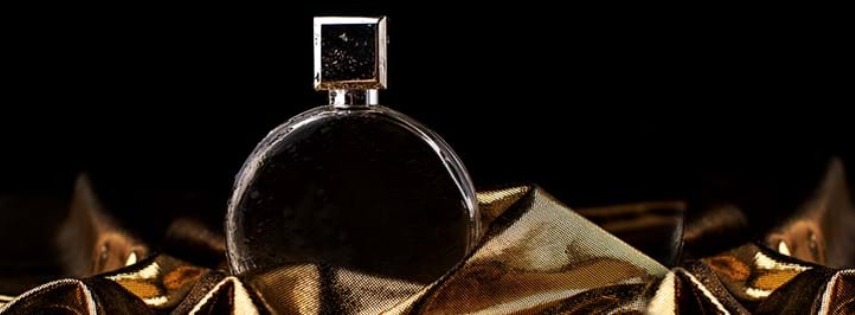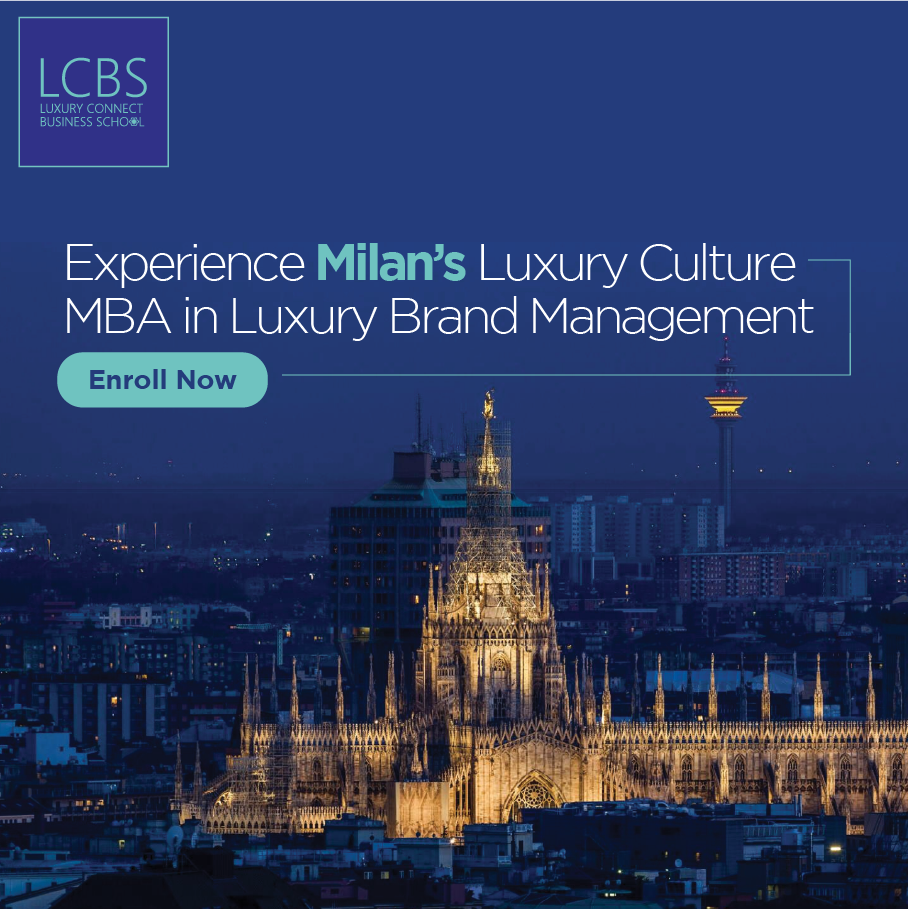
Luxury Brands across the world have realized the aspirational Indian Consumer’s spending power. India is considered to be the biggest market for any luxury brand after China and that’s why most global luxury brands have either already arrived or are expected to enter India over the next few years. For the upwardly mobile Indian, Luxury Brands are not only a status symbol but they are also an integral part of their lifestyle. Aspirational and affluent young Indians desire to acquire the exquisite, rare and glamorous products which are not necessarily loud or logos driven.
It’s no wonder that the luxury brand consumption in India is led by the millennial generation with a larger population choosing premium luxury brands as the brands of choice. Fuelled by the perceived lifestyle of the rich and famous and the desire to emulate them is opening newer avenues for premium brands to market their products to this demographic.
The Luxury Market in India
As per a recent Assocham report, Luxury Industry in India is pegged to cross $30 bn by year-end 2018 from $23.8 bn in 2017. However, unlike Europe or US where millennial consumers prefer making their luxury or other purchases online, the Indian luxury consumer still prefers to make their purchases at the brands’ stores and this is why major retail avenues have mushroomed across tier I cities like the DLF Emporio in New Delhi, the Palladium in Mumbai, Bergamo Mall in Chennai and The Collection in Bengaluru, the go-to places for all things luxury. Shopping malls like these and many others are mixing luxury, premium and super-premium brands in the same retail space to get the perfect mix of brands that gets the crowds into the malls needed for optimal sales. The lure of luxe lifestyle is not only prevalent in Tier I cities but has seen a major boom in most tier II & tier III cities due to the growing exposure of international brands amongst the Indian youth and rising purchasing power of the upper class in tier II and III cities. According to the study conducted by Assocham, the Indian luxury market is poised to expand five-fold in the next three years and will see the number of millionaires triple in the next five years
The Luxury Influencers
While premium brands’ retail stores are main avenues for luxury purchases, digital media is a strong platform for engagement and conversations. Prominent influencers have over the years built a strong following and a name for themselves in the luxury industry via various social media channels. The millennial generation which is highly social media savvy is deeply motivated by such influencers. By partnering with the ‘It-people’ and the tastemakers for driving continuous engagement between the brand and its target audience, luxury brands utilize the influencers to promote their brands.
Besides major sports and film stars, luxury brands in India also rely on micro influencers for their outreach. Simply put, while everyone may not follow the big-ticket stars, the micro-influencers are able to continuously engage their audience with a much deeper impact. Primarily because smaller followings created by these micro-influencers tend to be more authentic, loyal and engaged. Today’s consumers are better informed, better connected, more demanding and more conscious of values and crave authenticity, something that can be lacking with big ticket influencers. Micro-influencers have been able to overcome this perception and hence have a bigger impact on their audience. For instance, when a sports star is interviewed by a prominent media, the brands are quick to showcase their products worn by the star. At the sametime when a micro-influencer with a much smaller yet targeted following is seen using the brand’s products, it’s an instant promotion for the brand. Luxury and premium brands utilize the power of such influencers across the spectrum to maximize their engagement quotient with their target audience.
So, What does This Mean for the Successful Middle-Class Indians?
Contrary to popular belief, the affluent don’t drive luxury business in India, the Indian Middle class does. All luxury, premium and super-premium brands need the Indian middle class to drive sales, volume and therefore growth of their businesses. This is made possible due to the aspirational values that drive the customers to the store and the brands’ exclusivity. Middle class consumers with their rising purchasing power, higher savings, lower levels of consumption and wastage are the prime reasons why they are in focus for the luxury market in India not only in Tier I cities like Delhi or Mumbai but across Tier II & Tier III cities as well. This necessarily does not mean that many consumers understand the intrinsic value behind the luxury products rather the draw for most is in the brand’s consumption being seen as a matter of social status also known as ‘Brand Consciousness’. Increased internet penetration, demand for luxury brands and rising purchasing power together is helping luxury brands grow year on year in various categories such as fine dining, luxury travel, personal care, premium & vintage Spirits, Jewellery, Horlogerie, Automobiles, Real Estate amongst others.
Luxury Industry is surely considered to be recession-proof – unaffected by the shocks in the economy or otherwise. The Indian affluent continue to enjoy the taste of all good things in life.
With the great Indian growth story that has been powering the rise of the successful Indians over the last few years, luxury brands are no longer restricted to the uber-rich. In fact, in a country like India which is slated to grow even further for the next three to five years, the industry’s growth will be fuelled by the middle class across Indian cities. This means a consistently large demand for luxury industry professionals across verticals with a plethora of options for career growth with some of the world’s most premium brands where the professionals get to work as brand ambassadors and also as micro-influencers showcasing the ethos of the brands in the community.
Luxury Connect Business School: Guiding candidates towards a stellar career with the most premium brands in the world.







